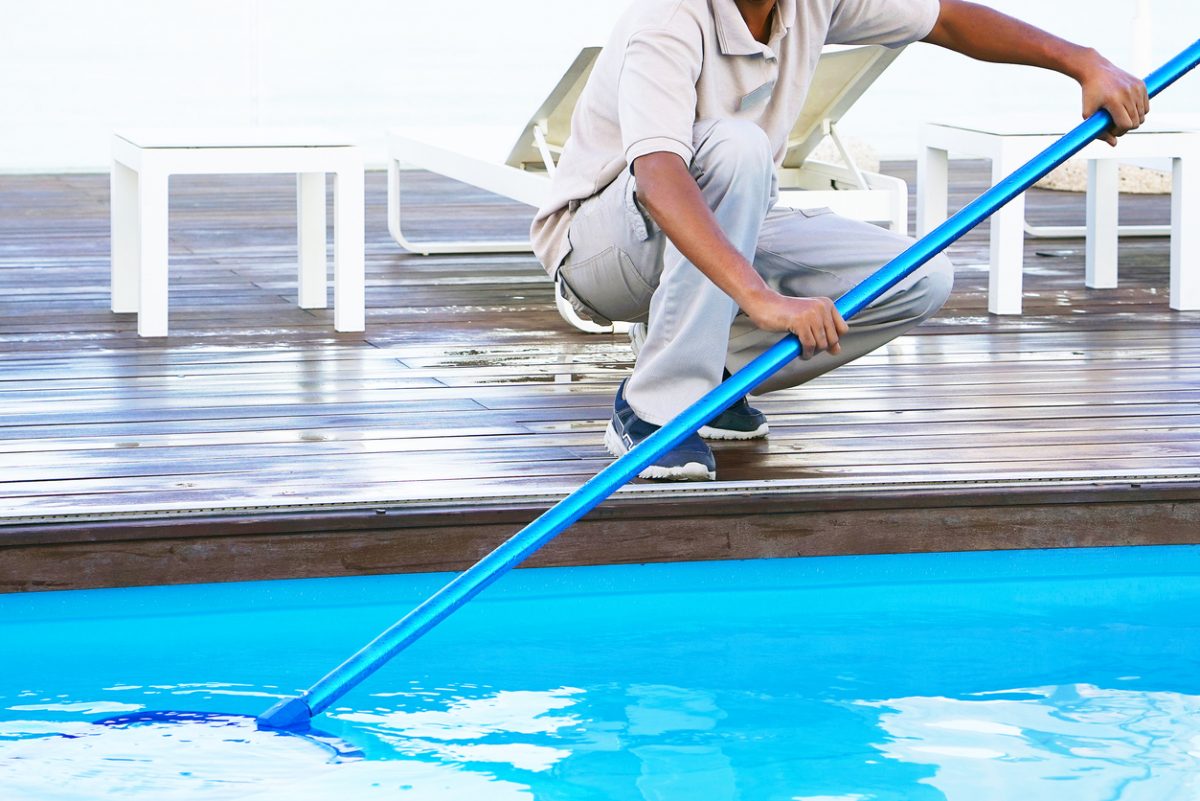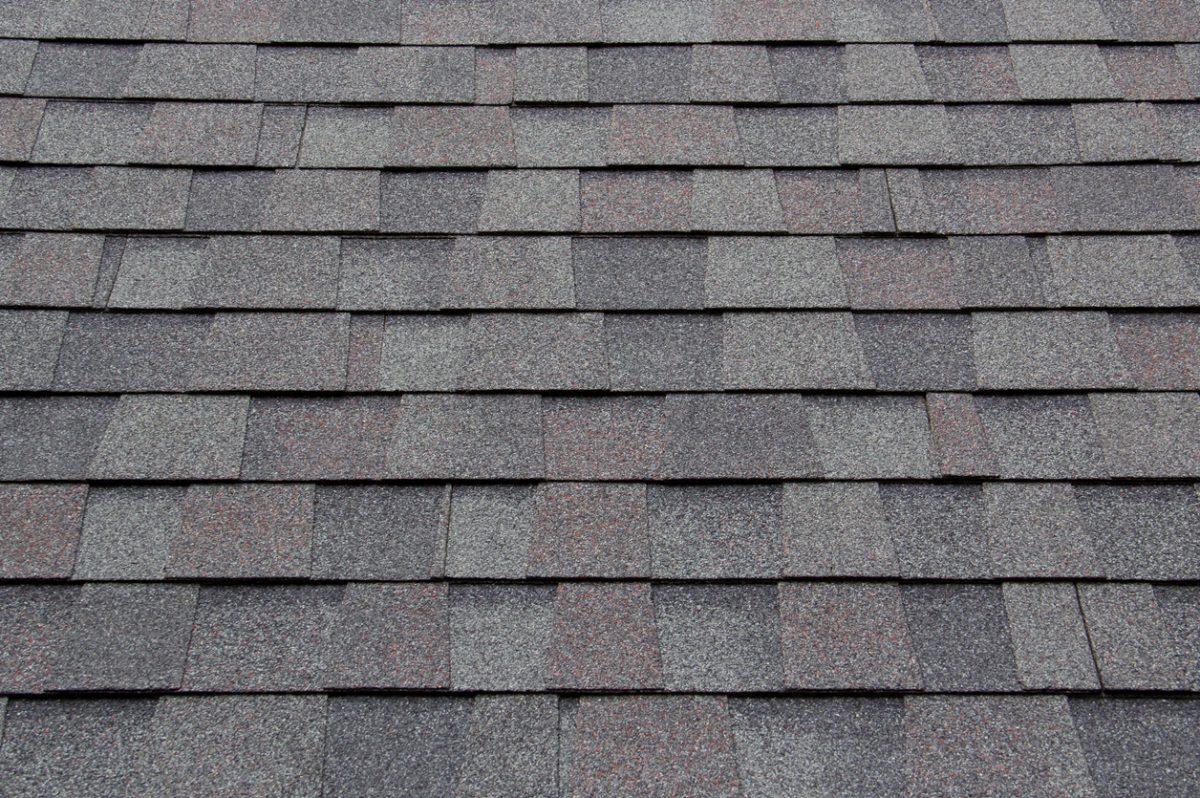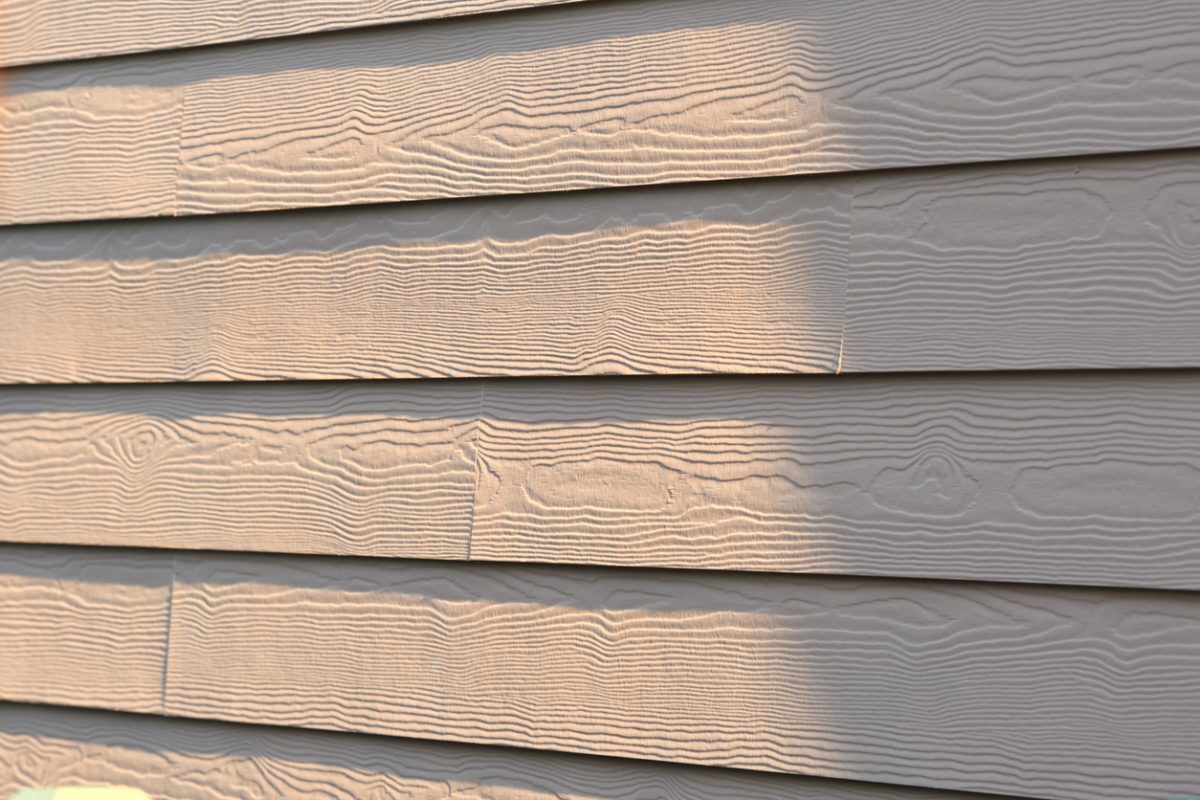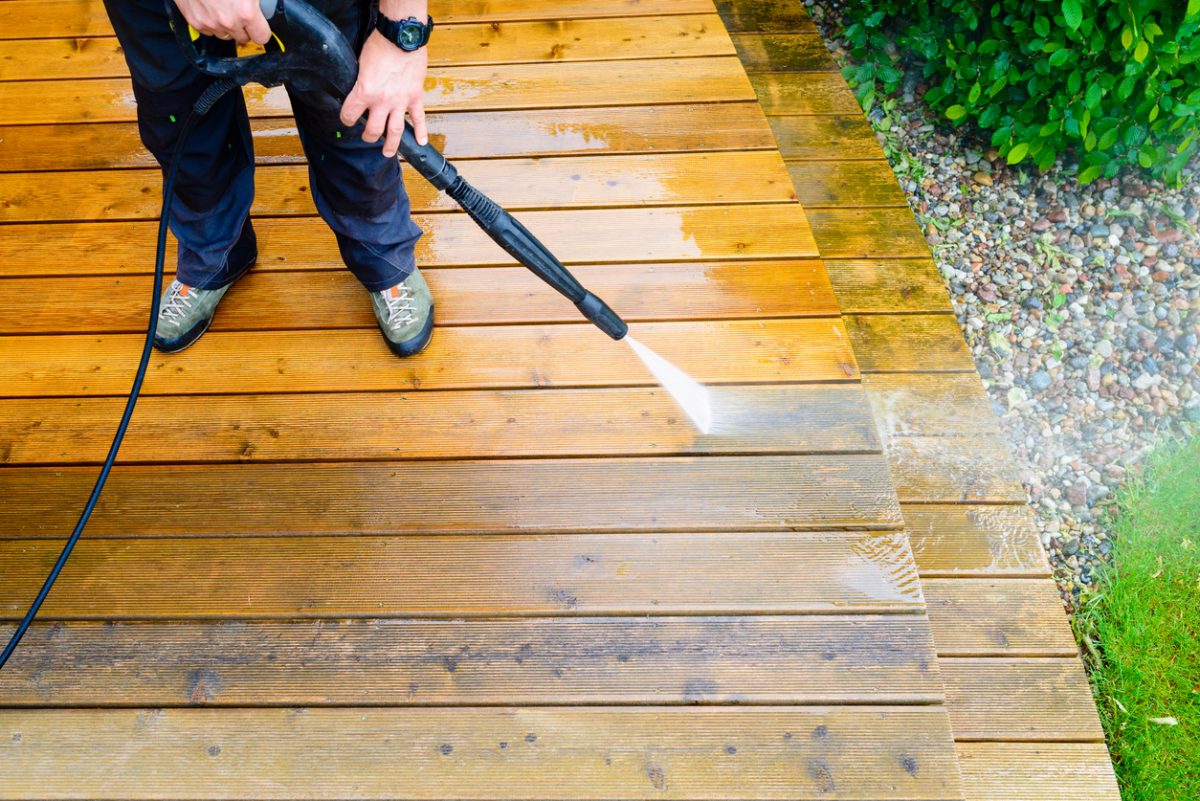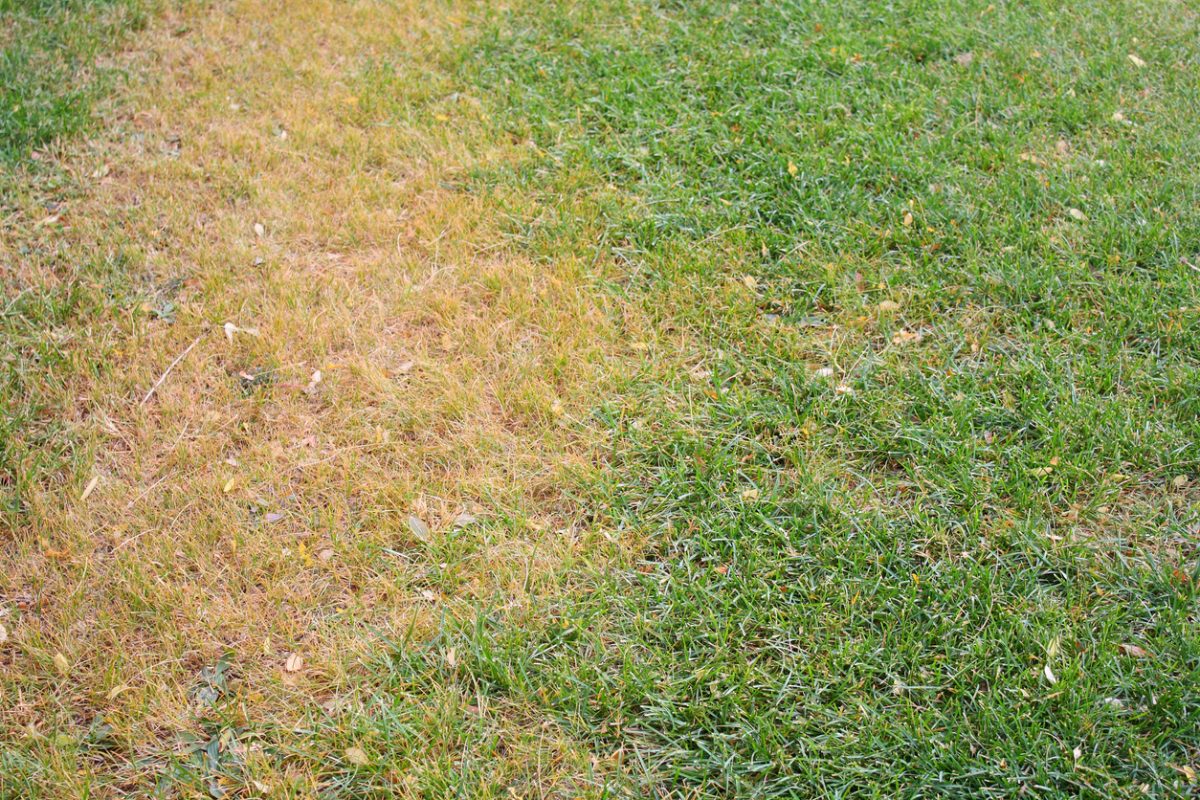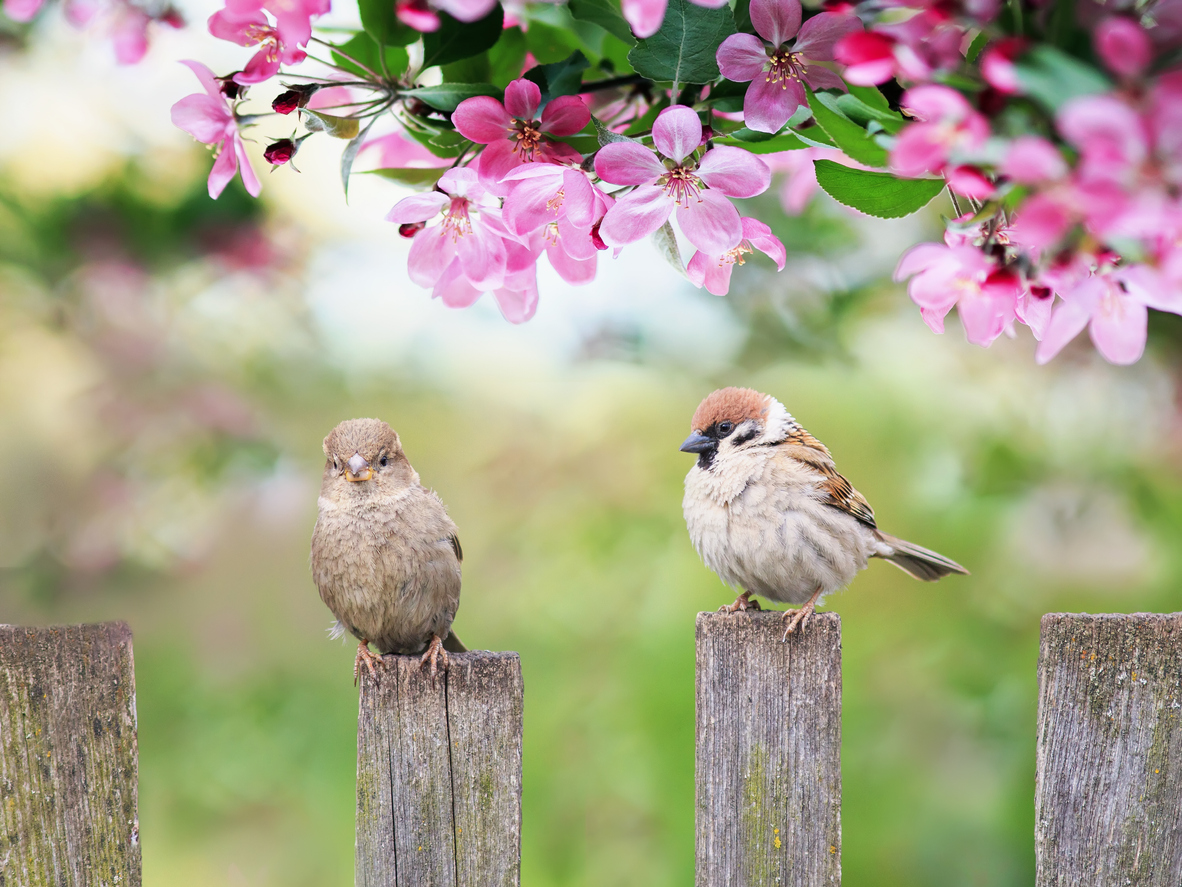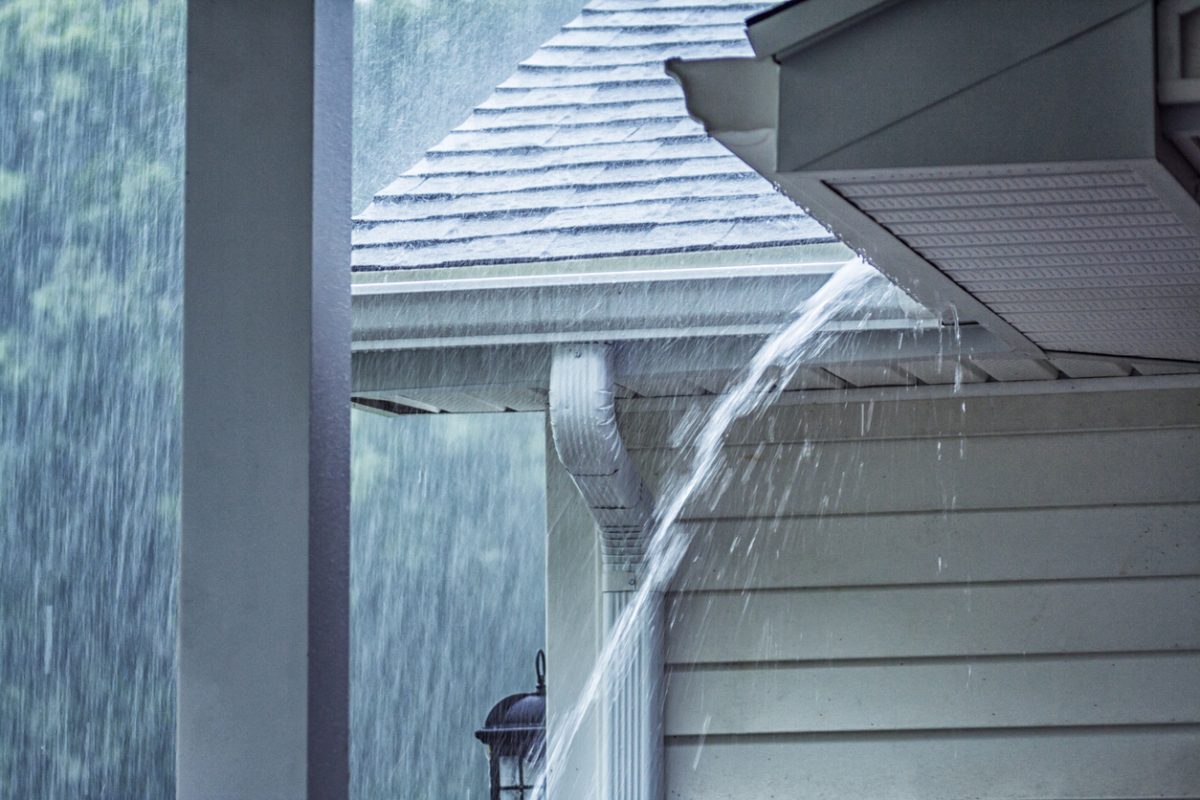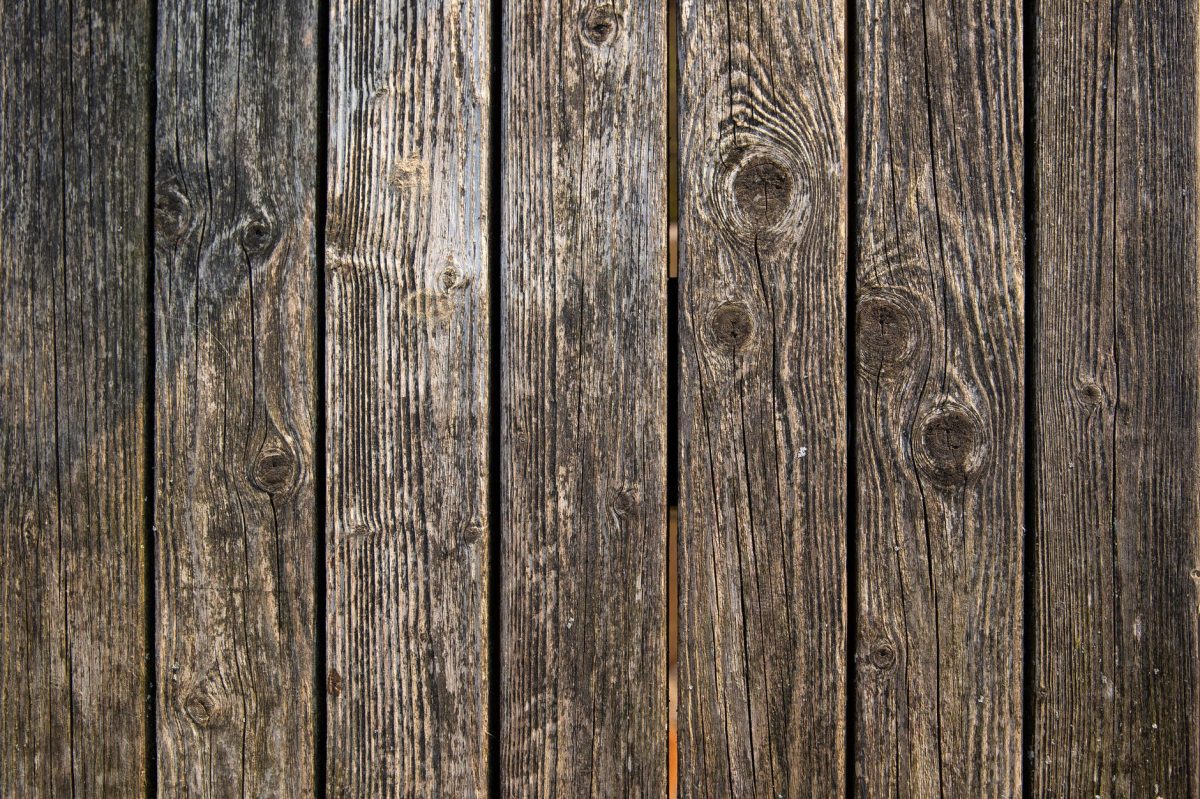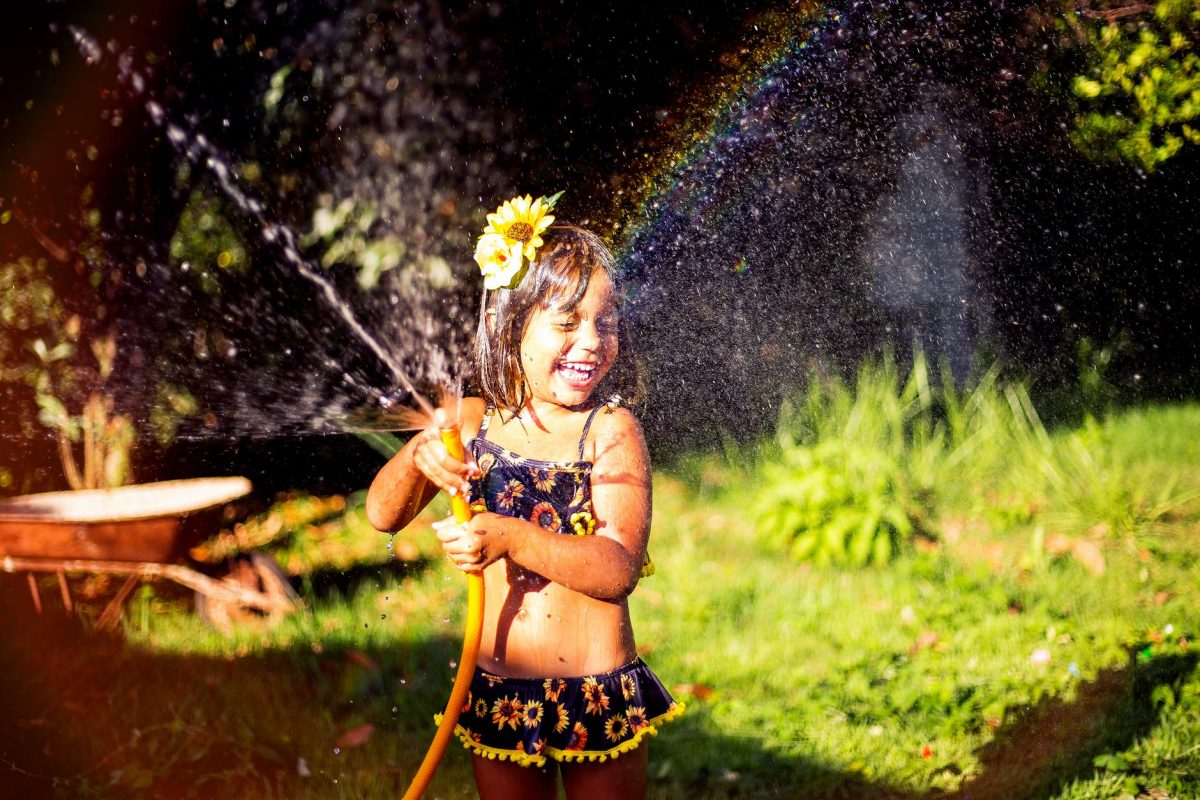Who doesn’t love a relaxing or fun dip in the pool on a hot summer day? Having a swimming pool may require a good amount of maintenance, but the good times are well worth it. Be sure the enjoyment never has to stop from a dirty, unkept pool with these inground pool cleaning tips:
Skimming and Brushing
Skimming your pool consists of cleaning all the debris and built-up algae off the top of your pool. To do this, you first want to make sure that you have a telescopic pole with a net attachment. Use the net to scoop out any leaves or debris you notice on the surface. Skim the surface daily to ensure there is no contamination. Make sure you have a brush attachment for your pole to clean the pool’s ladder, steps, and sides at least once every week. Both of these attachments should be regularly rinsed off and cleaned after use.
Vacuuming
The purpose of a pool vacuum is to clean the pool’s floor of any debris that made its way to the bottom. You can use either an automatic or manual vacuum. Manual vacuums are cheaper, but automatic cleaners will save you time since you don’t have to operate them yourself. Like at the surface, a lot of bacteria and debris build up on the bottom, so make sure the pool is vacuumed weekly.
Managing the Chemicals
There are various chemicals in your pool that make it safe and clean for you to swim in. Ensure it stays that way by checking the pool’s pH levels with a tester at least 2 or 3 times a week since weather and contaminants can alter it. The pH levels should be between 7.2 and 7.8 for safe use. Make sure to properly chlorinate your pool to kill any germs and bacteria with items such as sanitizing chlorine tablets or pool shock.
Check The Filter
The filter works to remove debris from your pool as well, so regularly check and empty it to make sure it stays functioning properly.
Exterior Home Care in Norwalk
If you have any further questions or need help maintaining your property, give the experts at Landmark Exteriors a call at (203) 838-3838.

